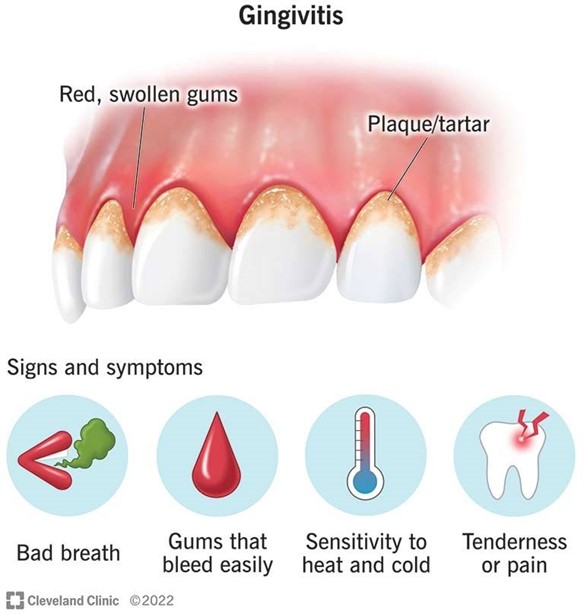A client with diabetic ketoacidosis (DKA) is receiving regular insulin. Which action should the practical nurse (PN) implement to evaluate the effectiveness of the insulin dosage?
Smell the client's breath for resolution of a fruity odor.
Determine the client's orientation to time and space.
Measure the client's urinary output for an increased volume.
Check fingerstick blood glucose for a decrease in the level.
The Correct Answer is D
Regular insulin is the medication of choice for treating DKA. Its main action is to lower blood glucose levels by promoting the uptake of glucose into cells and inhibiting the production of glucose by the liver. Therefore, checking the fingerstick blood glucose level is an important indicator of the effectiveness of the insulin treatment.
A decrease in the blood glucose level indicates that the insulin is working to lower the high blood sugar associated with DKA. This measurement helps the PN assess the response to treatment and adjust the insulin dosage if necessary.
The other actions mentioned are also important assessments in the care of a client with DKA, but they do not specifically evaluate the effectiveness of the insulin dosage:
A. Smelling the client's breath for resolution of a fruity odor is important as it indicates a decrease in ketone production, which is a marker of improving DKA. However, it does not directly evaluate the effectiveness of the insulin dosage.
B. Determining the client's orientation to time and space is part of assessing their neurological status, which is crucial in managing DKA. However, it does not specifically assess the effectiveness of the insulin dosage.
C. Measuring the client's urinary output for an increased volume is important to monitor hydration status and renal function, but it does not directly evaluate the effectiveness of the insulin dosage.
Nursing Test Bank
Naxlex Comprehensive Predictor Exams
Related Questions
Correct Answer is C
Explanation
Choice A reason:
Administering the medication and alerting the charge nurse is not necessary in this scenario. The heart rate of 120 beats/minute is within the normal range for a 2-month-old infant, which is typically between 80 to 160 beats per minute. Therefore, there is no immediate concern that would require alerting the charge nurse.
Choice B reason:
Holding the medication and documenting the cardiac assessment would be appropriate if the heart rate were outside the normal range or if there were other signs of digoxin toxicity or adverse effects. Since the heart rate is within the normal range, this action is not warranted.
Choice C reason:
Administering the medication and documenting the heart rate is the correct action. The heart rate of 120 beats/minute falls within the normal range for a 2-month-old infant¹². Digoxin is prescribed to manage certain heart conditions, and as long as the heart rate is within the normal range and there are no signs of toxicity, the medication should be given as prescribed.
Choice D reason:
Holding the medication and rechecking the heart rate in 1 hour would be considered if the heart rate were borderline or if there were concerns about the stability of the infant's condition. Since the heart rate is stable and within the normal range, this action is unnecessary.
Correct Answer is A
Explanation
In this scenario, the dentist is increasing the amount of dairy products in her diet with the aim of reducing the risk of gingivitis due to her family history of cancer. However, the practical nurse (PN) should respond by suggesting that an increase in fruits and vegetables would be more beneficial.
Fruits and vegetables are rich in essential vitamins, minerals, and antioxidants, which can help support overall oral health and reduce the risk of gingivitis. They provide a wide range of nutrients that are important for maintaining healthy gums and teeth.
While dairy products can contribute to overall dental health due to their calcium content, they should not be solely relied upon as the primary means of preventing gingivitis or reducing the risk of cancer. A well- rounded and balanced diet, including plenty of fruits and vegetables, is essential for optimal oral health.
Options b, c, and d are not directly related to the dentist's concern about gingivitis and the increased consumption of dairy products. Encouraging exercise (option b) is generally beneficial for overall health, but it does not specifically address gingivitis. Reminding the client to ensure dairy products are fortified with vitamin D (option c) is not necessary in this context, as the focus is on preventing gingivitis rather than addressing vitamin D deficiency. Providing written information about the warning signs of cancer (option d) is not directly relevant to the dentist's current situation and concern about gingivitis.

Whether you are a student looking to ace your exams or a practicing nurse seeking to enhance your expertise , our nursing education contents will empower you with the confidence and competence to make a difference in the lives of patients and become a respected leader in the healthcare field.
Visit Naxlex, invest in your future and unlock endless possibilities with our unparalleled nursing education contents today
Report Wrong Answer on the Current Question
Do you disagree with the answer? If yes, what is your expected answer? Explain.
Kindly be descriptive with the issue you are facing.
